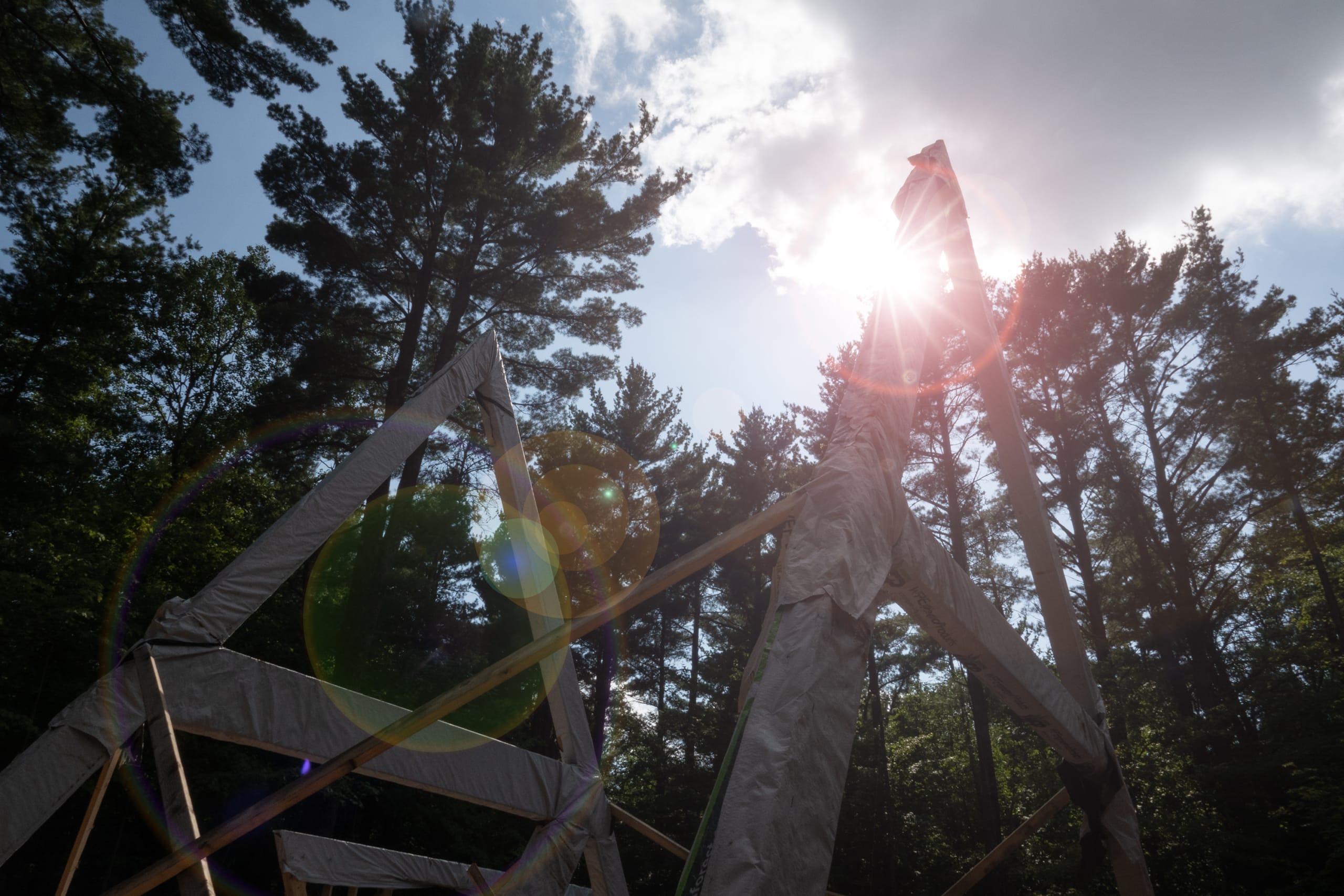
When budding cannabis entrepreneurs think green, they often have more than plants and profits in mind. As business owners prepare to grow new cultivating, manufacturing and dispensing operations, many also want to shrink their environmental footprint.
At Shelter, this kind of commitment feels familiar. Sustainability has been baked into our firm’s DNA since we hung our shingle 20 years ago. We’ve helped many clients incorporate Earth-friendly designs and materials into their spaces. So, we know some key steps a cannabis business can take to go green.
Efficient engineering
Equipment and systems selection has a big impact on energy use. Look for energy-efficient tools and machinery. Right-size your electrical service to suit your needs. You can also seek out clean or renewable power sources. Do you have access to solar energy? Would a geothermal ground-source heat pump work at your site?
Explore opportunities to reuse and recycle resources. That can benefit the planet — and your bottom line. Are there ways to reclaim the heat your operation generates? If you’re focused on growing, could a closed-loop system allow you to filter and recirculate your wastewater?
Mechanical, electrical and plumbing (MEP) engineers have the expertise to ask these kinds of questions — and find answers. Including MEP consultants on your team can help you roll out sustainable business practices before you even open your doors.
“Aligning your operations and systems with your values is key to prioritizing your investments and achieving your sustainability goals,” says Willow Nichols, partner and electrical engineer at Victus Engineering, which provides design and consulting services in a variety of industries. “If you’re driven by the goal of maximizing yield, then customizing your building systems to precisely manage the growing environment becomes nonnegotiable. If you’re worried about your ecological footprint, it’s time to explore eco-friendly alternatives to traditional natural gas heating. And if cutting energy consumption ranks high on your priority list, seeking ways to eliminate energy waste should be at the forefront of your strategy. These kinds of alignments strengthen your investment and propel you toward outcomes that resonate with your sustainability aspirations — and any other goals you’re passionate about.”
Innovative architecture
Sustainability goals can also influence structural plans — whether they’re for a renovation, a build-out or new construction. We’re big fans of passive design strategies, such as orienting a building and placing windows to optimize how much natural light enters and how much heat is generated inside. We’ve used this approach — which can reduce electricity and HVAC demands — on a range of projects, from retail shops to office complexes.
For some cannabis businesses, natural light sources must coexist with prudent security measures. Fortunately, there are ways to elegantly balance such seemingly incompatible needs. Our Dwan Golf Course maintenance building design, for example, shields large windows with subtle, yet effective metal screening that lets sunlight in — but protects public works staffers from errant tee shots.
Designing spaces for peak efficiency can also have positive environmental impacts — in part, by minimizing the square footage a business requires. For example, our restaurant designs (from Hot Indian Foods to The Lakely at The Oxbow Hotel) have frequently helped owners squeeze complex food-prep workflows into small commercial kitchens.
Eco-friendly products and materials
As a firm with deep roots in the sustainable building space, we recall when Forest Stewardship Council (FSC)-certified lumber and low-VOC materials could be hard to find. Today, we’re thrilled our designers can source from a growing array of products — from paint to furniture to floor coverings — that use green manufacturing methods and don’t introduce toxins or off-gassing into users’ environments.
Such products will appeal to cannabis business owners who prioritize air quality for employees and customers. If you also value high-quality ventilation — to support indoor growing facilities or protect neighbors from odors and fumes — your architects, designers and MEP engineers can work together to devise an appropriate system for your space.
There are many ways a cannabis business can embrace sustainable design and achieve green goals. Want to learn more? Contact Shelter. We can talk about this stuff for days!
Pin this post